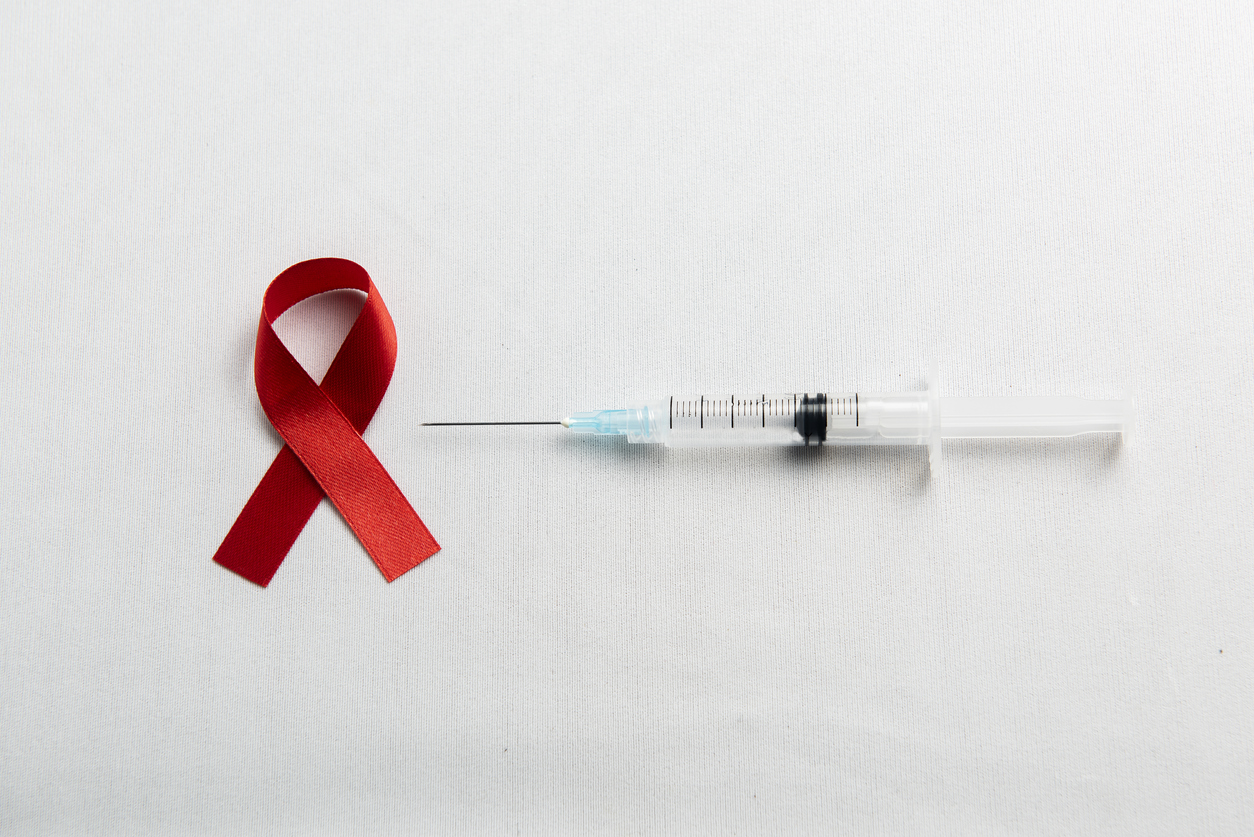2025-07-28
Hepatitis C: 5-minute test, accurate results?
Infectiology
By Ana Espino | Published on July 28, 2025 | 3 min read
#HepatitisC #Immunity #InfectiousDiseases #Diagnosis
Hepatitis C remains a major global health issue, with nearly 50 million people infected worldwide. Although highly effective treatments are now available, screening continues to be a weak link in the care cascade—especially among vulnerable populations such as people who inject drugs (PWID), who are the main at-risk group.
Despite universal access to direct-acting antivirals (DAAs), screening and treatment rates are declining. The standard diagnostic pathway—based on venous blood draws and delayed results—often leads to loss to follow-up, particularly among PWID. In this context, rapid point-of-care tests offer a promising alternative. However, their specificity remains limited: a significant number of positive results concern patients who have already cleared the infection, leading to unnecessary confirmatory RNA testing. This hampers the operational efficiency of screening campaigns, especially in resource-limited settings. The current challenge is therefore to balance speed, simplicity, and reliability.
This study assessed whether reading the OraQuick rapid test at 5 minutes—rather than the recommended 20 minutes—could reduce unnecessary RNA tests without missing active infections.
Can 5 minutes be enough for accurate screening?
In this study, 298 participants with a history of injecting drug use and no prior treatment with DAAs were included. Each participant underwent an OraQuick rapid test, with two reading times — at 5 minutes and then at 20 minutes — followed by a confirmatory RNA test (GeneXpert or laboratory-based). The performance of the 5-minute reading was compared to the 20-minute reading and RNA results to assess the device’s sensitivity, specificity, and predictive values. At 5 minutes, the test detected 97.5% of individuals who were truly viremic (high sensitivity), but with a specificity limited to 37%.
Compared to the standard 20-minute read, the 5-minute interpretation reduced unnecessary RNA confirmatory tests by 13%. However, this approach missed 2.5% of viremic cases. Most of the positive results that appeared only at 20 minutes were in patients with resolved infections, who still had antibodies but no active virus. These findings suggest the benefit of a dual-read strategy: use the 5-minute result to immediately guide RNA testing in positive cases, and rely on the 20-minute read to identify resolved infections that don’t require confirmation.
Speed or accuracy: why not both?
Hepatitis C remains a significant chronic infection worldwide, particularly among high-risk groups like PWID. The key challenge is improving screening within these populations while avoiding unnecessary and costly diagnostic steps.
This study aimed to determine whether accelerating the OraQuick test read time to 5 minutes could optimize screening without compromising the identification of active cases. The results show that a shorter read time significantly reduces unnecessary RNA confirmatory testing while maintaining excellent sensitivity for detecting viremic infections. This balance between speed and accuracy is especially relevant for low-resource settings, mobile units, or community-based services.
However, several limitations hinder full optimization of this strategy. Additional studies are needed to evaluate the impact of the slight sensitivity loss at 5 minutes and to account for the highly variable post-infection profiles in target populations. Moreover, performance data from newer-generation, even faster tests remain to be assessed. Integrating rapid reads, reflex RNA testing, and “test-and-treat” models could greatly improve hepatitis C management among marginalized groups—provided this approach is validated across diverse clinical contexts.
Read next: Hepatitis: when the virus writes its own rules
About the author – Ana Espino
PhD in Immunology, specialized in Virology

Last press reviews
Twice-yearly injections to change the game?

By Ana Espino | Published on December 3rd, 2025 | 3 min read
HIV & young people: what if we changed the rules?

By Ana Espino | Published on December 2nd, 2025 | 2 min read
